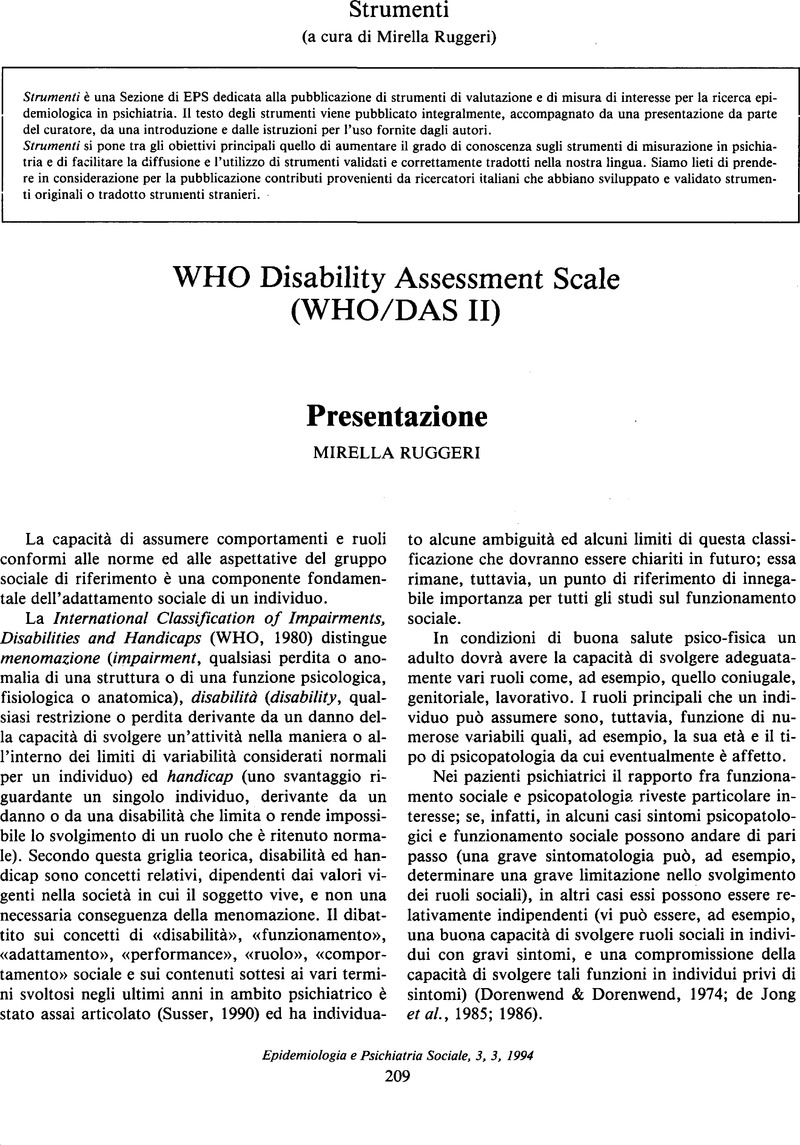Crossref Citations
This article has been cited by the following publications. This list is generated based on data provided by Crossref.
Ruggeri, Mirella
1997.
Life Skills Profile (LSP). Presentazione.
Epidemiologia e Psichiatria Sociale,
Vol. 6,
Issue. 3,
p.
194.
Fioritti, Angelo
Ferriani, Elisa
Rucci, Paola
and
Melega, Vittorio
2006.
Characteristics of homicide perpetrators among Italian forensic hospital inmates.
International Journal of Law and Psychiatry,
Vol. 29,
Issue. 3,
p.
212.
Lasalvia, Antonio
Boggian, Ileana
Bonetto, Chiara
Saggioro, Violetta
Piccione, Gabriella
Zanoni, Cristiana
Cristofalo, Doriana
and
Lamonaca, Dario
2012.
Multiple perspectives on mental health outcome: needs for care and service satisfaction assessed by staff, patients and family members.
Social Psychiatry and Psychiatric Epidemiology,
Vol. 47,
Issue. 7,
p.
1035.





